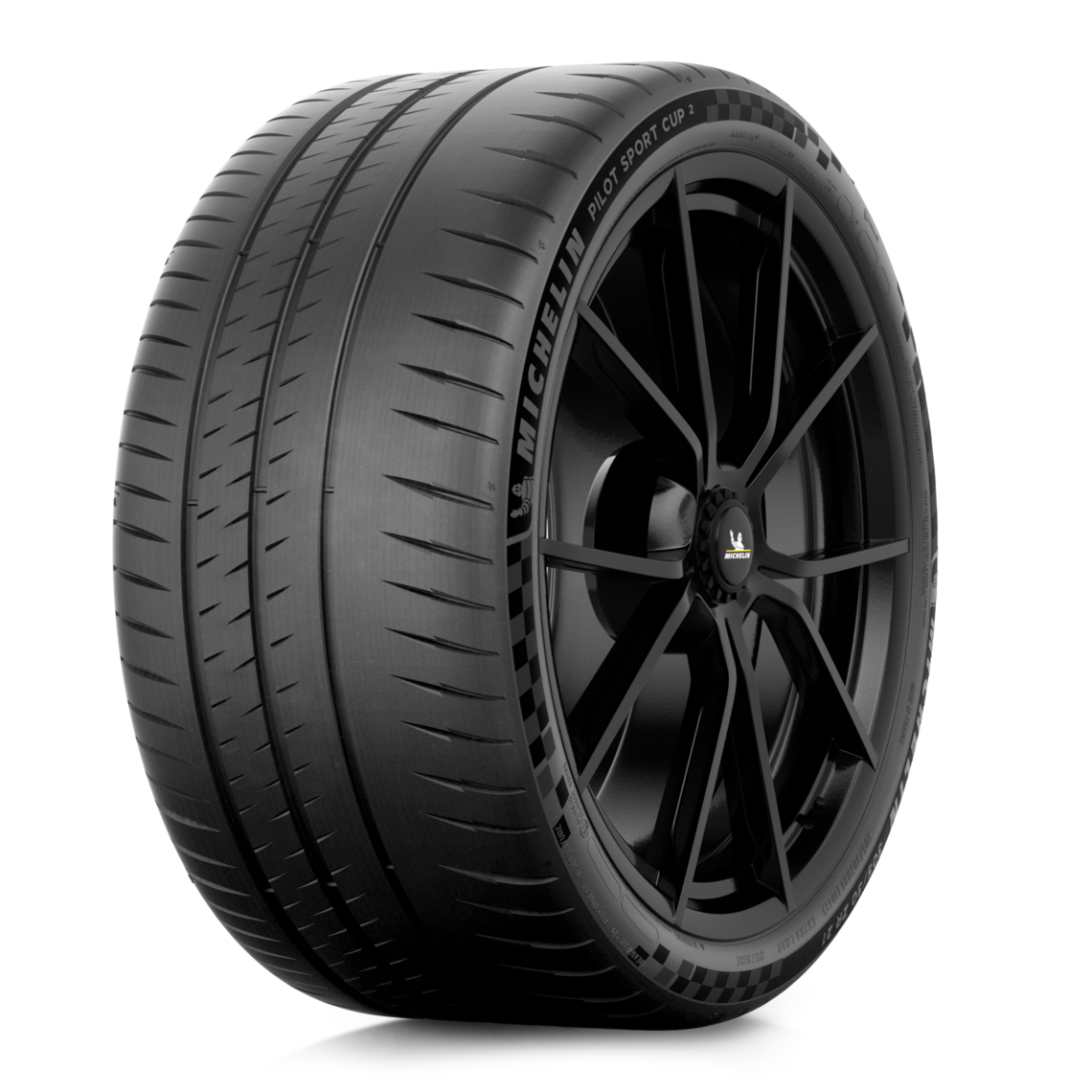

I think.the subsequent Eddy current NDT on the hubs invariably failed a few.in contrast, on arrival in the civilian world, the px was always released prior to removal.for the very obvious reasons mentioned here.Dunlop's used to have some "rather interesting" footage of what happens when a wheel assy. A long time ago, I had the misfortune to work in a Hyd / Tyre bay c/o the UK's flying club ( by virtue of being absent when the post became vacant and thus the only one unable to object.those of us who have worked for said club will be aware of this selection criteria ) and we used to receive Lightning mains wtl. And if rolled off the back of a truck they have a near 100% bounce!Ībout 30psi is ideal, that stops the tire rolling off the rim (especially radials) but is safe to handle.Īn interesting contradiction here. They are dangerous cargo if transported by road or air. If there are cuts in the cords (common) you again have an explosion risk. They have a round profile and can topple over, making them harder to handle thru stores. Post removal there are many good reasons not to want to deal with inflated tires.

#Psi for micheline axial sport cracked#
Hub cracks are not an issue as any cracks will allow loss of gas, and I have seen many cracked hubs rejected after return for px loss. If the tie bolts are weakened the removal of the axle nut then puts all the pressure from the inflated tire on the tie bolts and creates the risk they could fail allowing explosive release of pressure (about the same as 2 sticks of dynamite). The same is not necessarily true after service when they may be corroded or have the beginnings of cracks. When the wheel is released from the shop the tie bolts have been inspected and can be considered to be serviceable.

If you have not these two conditions, you must deflate theĪgain suggesting that its ok to remove the wheel fully inflated so long as its only for access or inspection :ugh:Īs some have mentioned, tie bolts are the issue here. The tire pressure is in the normal operating range NOTE : If you must remove the wheel for access or inspections, it is Suggesting that it's ok to remove the wheel before deflating the tyre so long as the tie bolts are ok. TIE- BOLTS MUST BE DEFLATED BEFORE AXLE NUT IS LOOSENED.įAILURE TO DEFLATE TIRE BEFORE AXLE NUT IS REMOVED CAN (1) Do a check of the wheel assembly for missing, broken or looseĬAUTION : TIRES ON WHEEL ASSEMBLIES WITH MISSING, BROKEN OR LOOSE NOTE : Do this check before you remove the wheel. Weirdly, the Airbus AMM says the following! Michelin aircraft tire information and knowledge test. tire deflation before removal, is a necessary step. where the fasteners holding the two halves of the split wheel assembly together, are mistaken for the fasteners securing the wheel to the axle hub.

To eliminate any chance of dangerous errors being made in the wheel/tire removal. I would say that the answer your instructor is seeking, is that many aircraft wheels are of the split-wheel design. However, the precise answer you seek doesn't appear to be listed. You will find much useful aircraft tire information on these following webpages.


 0 kommentar(er)
0 kommentar(er)
